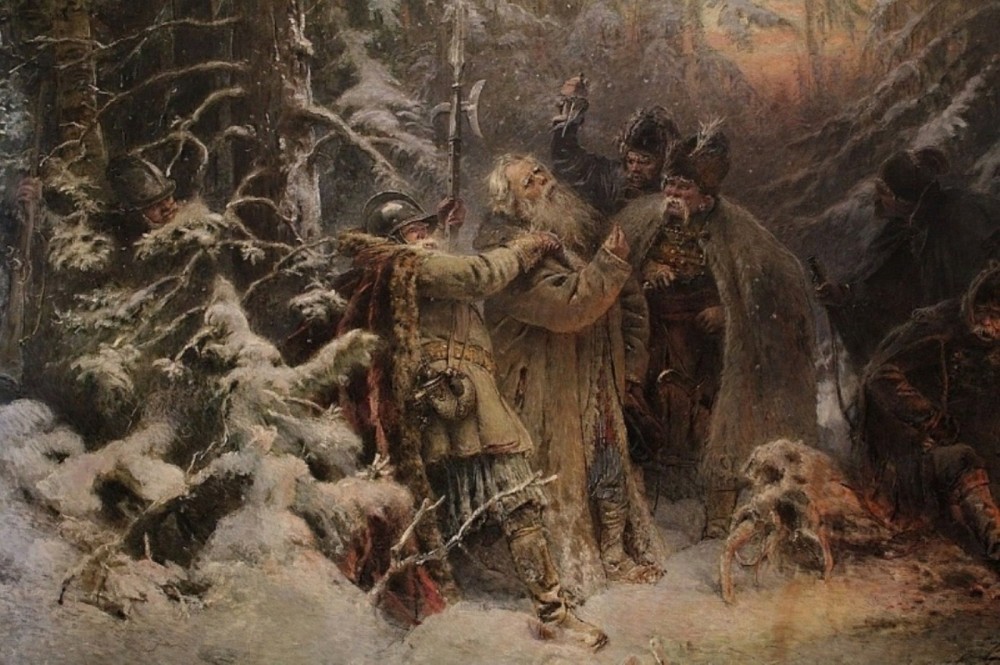
The article constructs an image of the modern historical myth based on the ideas about the constant presence of mythical structures in human consciousness and experience. It is noted that the historical myth is well fixed at the level of perception of the past by non-specialized forms of consciousness of the average person, i.e. at the level of his/her historical memory. The very image of the historical myth appears as a set of such structures of mythical experience as mythical substance, sacrum, mythical arche, mythical time, and mythical space. Mythical substance (essence) is the very phenomenon of the national, which is identically «poured» throughout the entire temporal existence of the nation. Mythical arche is the origins, beginnings, and history of the origin of phenomena, objects, and customs. Any myth, in fact, speaks of the origins or what was in the beginning. The model of mythical time is when, on one plane, it is profane time and it is perceived as flowing from the past to the future through the present, that is, it has a direction. On another plane, this time is sacred. This is the First Time when the archaea were created, and therefore it precedes the beginning of the counting of profane, empirical time. Sacred time can penetrate profane time as arche, for example, through the staging of the events of the sacred First Age. The sacred is the experience of the sacred through which significant historical objects are perceived; then, while retaining their own nature, they appear fundamentally different from other historical objects of the everyday profane world. Mythical space is not imagined in the abstract; it is combined with its content, i.e. historical events and facts. In addition, space in mythical perception is not a continuous unity; on the contrary, it is discontinuous. It consists of sacred objects and places.
Source: Artiukh V.O. (2023). Typological features of historical myth. Ancient Sumy Land. №LXIII: 68–75
Source web-site: https://starovyna.sumdu.edu.ua/wp-content/uploads/2023/12/6-Artiukh-V.-O.pdf
Number of views: 1072